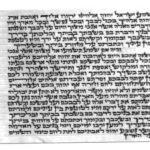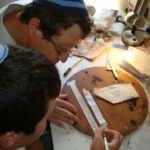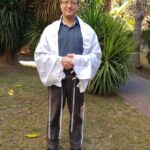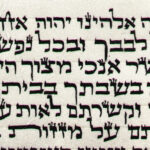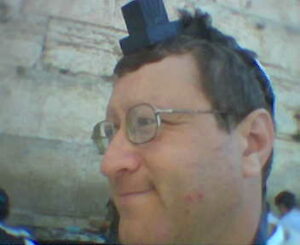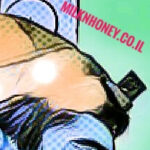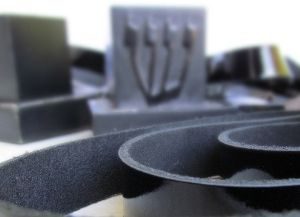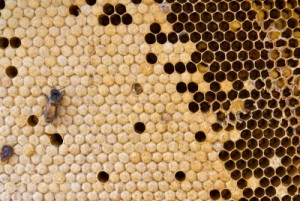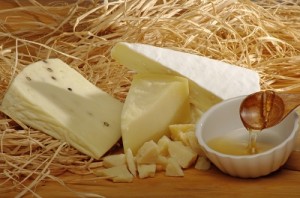-

Tefillin Gassot Medium Size – תפילין גסות בגודל בינוני
$1,196.00 Add to cart -

Regular Sized Rambam Tefillin Mehudarim
$1,680.00 Add to cart -

Medium Rambam Tefillin Mehudarim
$1,886.00 Add to cart -

Tiny Mezuzot on Klaf
$126.00 Add to cart -

שיר השירים מאוייר עם פרחים – Illuminated Shir Hashirim
$5,001.00 Add to cart -

Sofer Stam – Scribe Workshop – Tefillin
$326.00 Add to cart -

עטרה רימונים + 4 פינות – רקמה
Read more -

טלית רקמת פסים
Read more -

טלית רקמת יד מלאה
Read more -

טלית רקמת יד – עטרה + פינות רקמת יד
Read more -

Talit – Traditional Shawl Style Talit – With Techelet – Rambam 13 disks
$206.00 Add to cart -

4 מזוזות מהודרות על קלף
Read more
Inside Tefillin – Teaching Your Kids To Be Sharp
The Shemah Yisrael prayer we place inside Mezuzot hung on our doorframes and repeat it several times a day. This prayer contains the words “Veshinantam Lebanecha – Teach them to your children” These two Hebrew words are very powerful. Tons of discussion can be based on them. The literal and accepted translation of the word “Veshinantam” is to teach. However, the word also contains the best method of teaching them. Its root “Shenen” mean to sharpen. The Halachic Midrash Sifrey (34) points this out, it sites the Pasuk (Tehilim 45-6) Your Arrows are sharpened – “Hitzecha Shenunim”.

The Sifrey says that you should know the Torah so that it will be sharp in your mouth. If anyone asks you a question you shouldn’t stammer when answering instead you should answer right away. (See Rashi) Rashbam builds on this concept by stating “Veshinantam” is a usage of the root “to sharpen”, you should know how to explain them clearly as “They sharpened their tongue like a sword” (Tehilim 64 – 4) Interestingly enough the sharpened tongue in that chapter of Tehilim does not refer to those who sharpen themselves with Torah but to the evil enemy politicians who were ministers that entrapped and destroyed people with their evil tongues. We can see that one can use the human mind’s sharpness to clearly understand many concepts starting with Torah knowledge through knowing all about sports or politics to memorizing evil methods like torture, murder, theft and rape.



